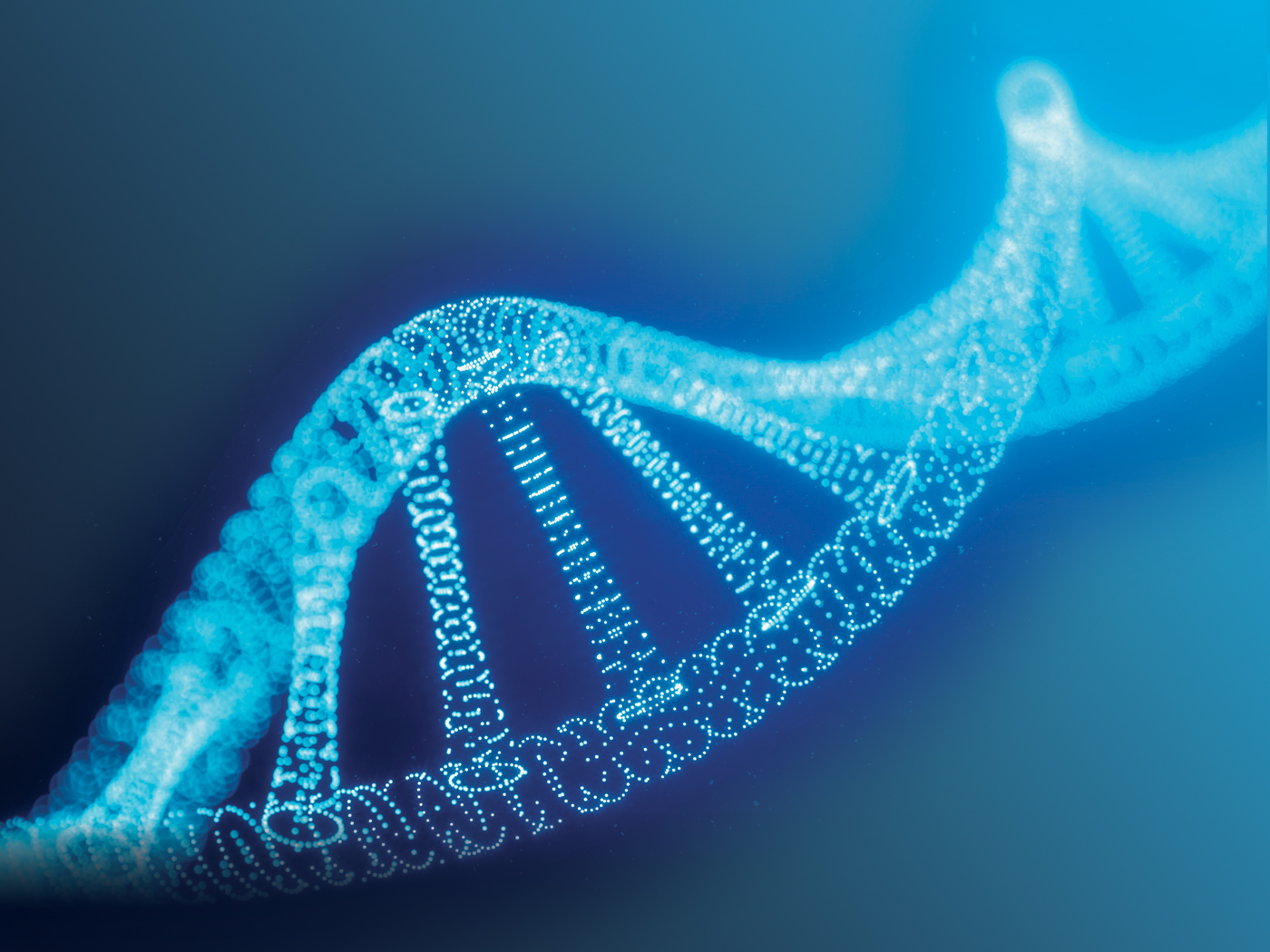
Students Surprised to Find Noah's Ark Feasible
Advanced physics students at Leicester University were tasked with determining if the Biblical dimensions of Noah's ark—assuming it was properly constructed—could have supported the mass of 70,000 animals. Student Kayie Raymer told UK's The Telegraph that after other "more serious" assignments, this one was "something different."1 What did they find?

Dual-Gene Code Discovery Highlights Designed Biocomplexity
Recent evidence of dual codes in the protein-coding sections of genes raised the bar on our understanding of genome complexity.1,2 Now a new study is showing that the control regions of genes contain dual codes as well.3 This newly discovered level of innovation clearly reflects elegant design rather than chance processes.

Cells' Molecular Motor Diversity Confounds Evolution
Scientists believe that the study of genes that encode the proteins for molecular motors will help solve the mysteries of evolution. However, the result of a study published in the journal Genome Biology and Evolution has only served to support the predictions of special creation—that unique variants of cellular complexity and innovation exist at all levels of life.1

Shale Oil Boom Begs Explanation
U.S. companies have ramped up oil and gas production over the last four years, using cutting-edge techniques to extract oil from shale. Lejly Alic, an analyst with the International Energy Agency, recently told the New York Times, "We keep raising our forecasts, and we keep underestimating production."1 Where did all this shale oil come from?











